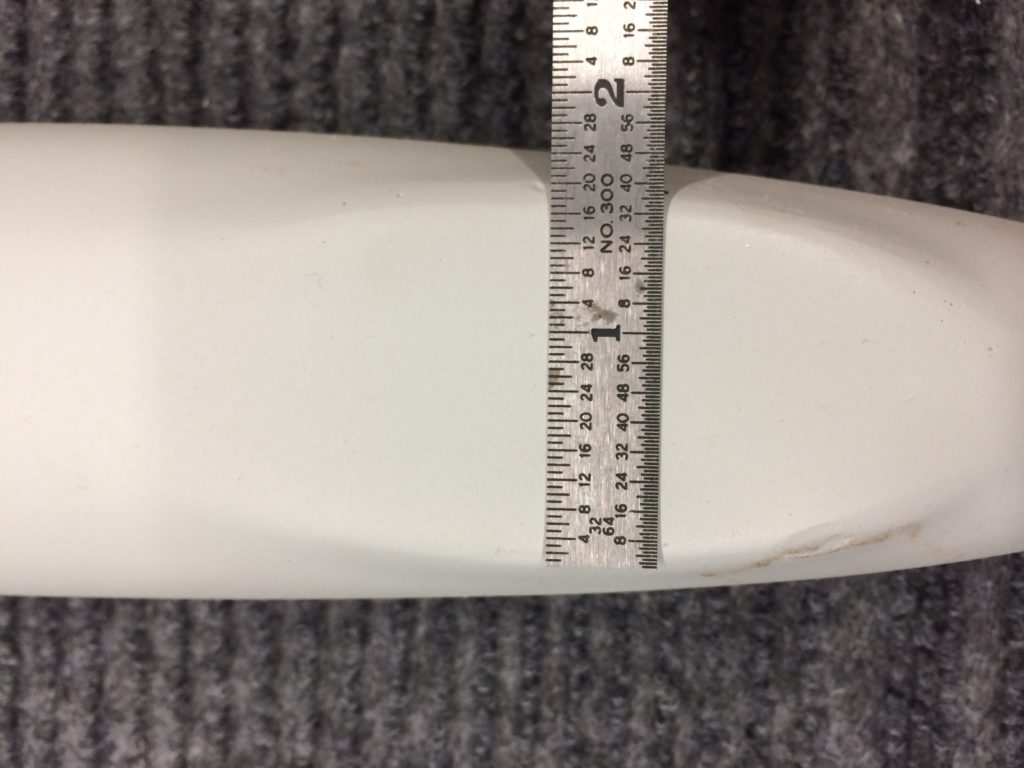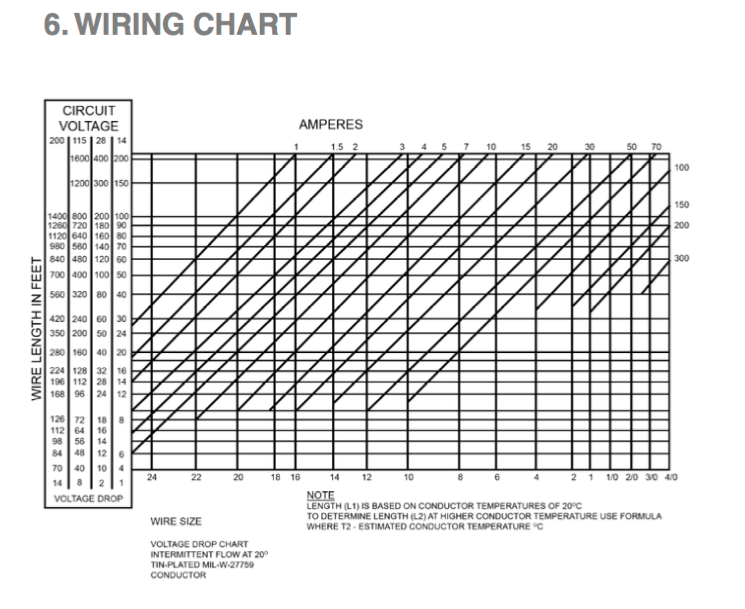Several months ago, I’d taken a look at the landing/taxi light lenses and what it might take to mount them nicely. The LH wing panel was sitting horizontally on a workbench at the time.
About the first thing I noticed was that the mounting holes around the perimeter of the lens did not all correspond to the holes in the wing where the lights and the lens go. The holes lined up (pretty well) with the lens on the outside of the skin, but not when I put the lens in the opening, behind the skin – where it really belongs.
The other thing wasn’t really so much something I noticed, but rather, I realized that I needed to find a better solution for mounting the lens than the factory provided for – sheet metal screws through the skin and into the plexiglass lens. That’s just not going to cut it.
Now I had another classic opportunity for inspirational procrastination. I put the time to good use. It took weeks, but once again – procrastination paid off! The idea of retainer strips with anchor nuts came early. I also found that I’d likely use #4-40 hardware, because metric MK-1000 nut plates are absurdly expensive and challenging to source in the US. I hate mixing hardware standards on this bird, but that’s just how it goes. The blind anchor nuts on retainer strips behind the lens stuck in my head as an obvious solution.
What was not obvious to me at the time, was how to hold the retainers in place so that the lens could be fitted and fastened with the little screws. I made a prototype with a hand-cut strip of 0.020 aluminum and held the anchor nuts with AN426AD-3-3 solid flush rivets. The strip was flimsy and I attempted to hold it against the backside of the lens with – if you can believe it – sewing thread. Once I got the screws started, I’d pull the thread out. I was too unwieldy.
Weeks went by. Then it hit me – the same basic idea, but with 0.5 x 0.025 stainless steel strips, held to the plexiglass lens with little #4 CSK screws and ny-lock locknuts. I had to make new holes in the bottom half of the lens to match the wing, made six retainer strips and mounted them to the lens. Now I have a lens that is easily installable and removable. I’ve come to believe that this is what the factory does for the Sling TSi and I might have seen it if I’d looked at the TSi construction manual. Oh well. I got there. I’ll repeat the fitting and fabrication process for the RH lens assembly.


